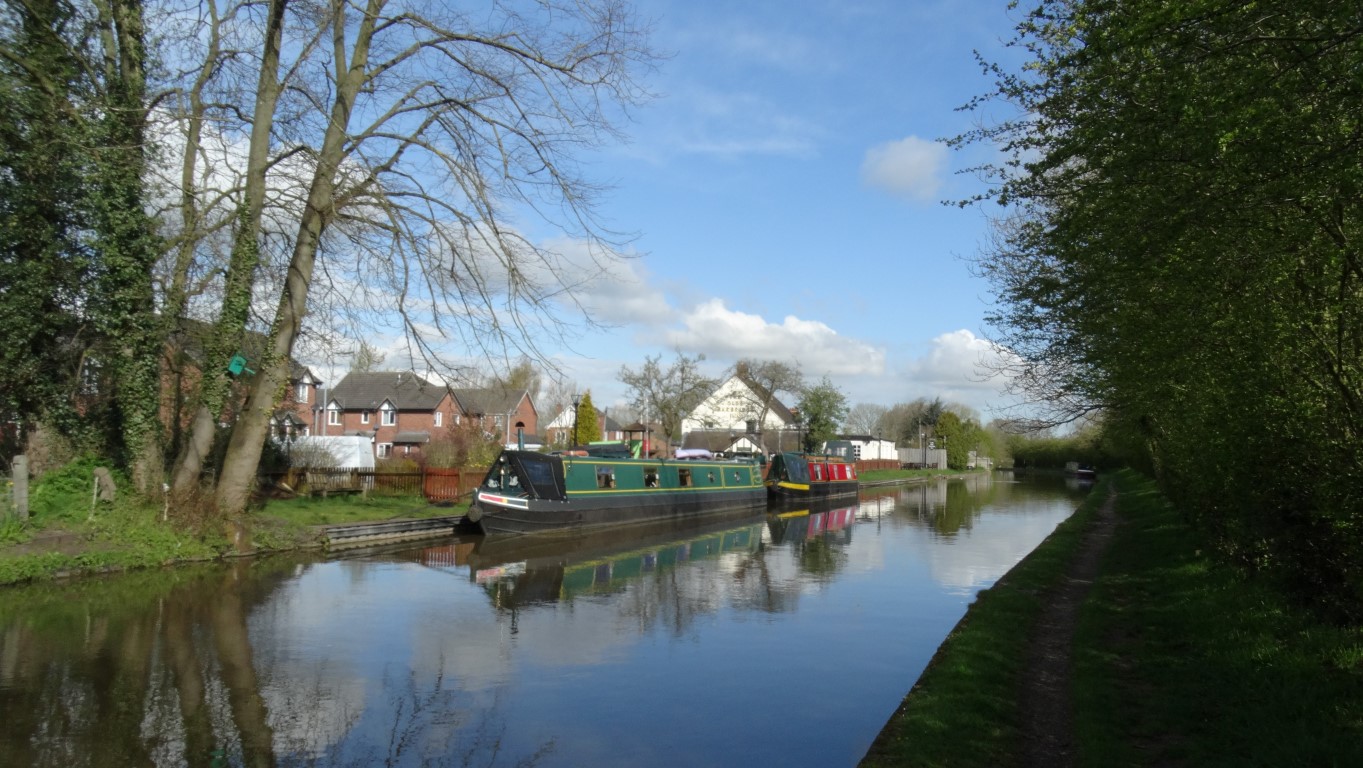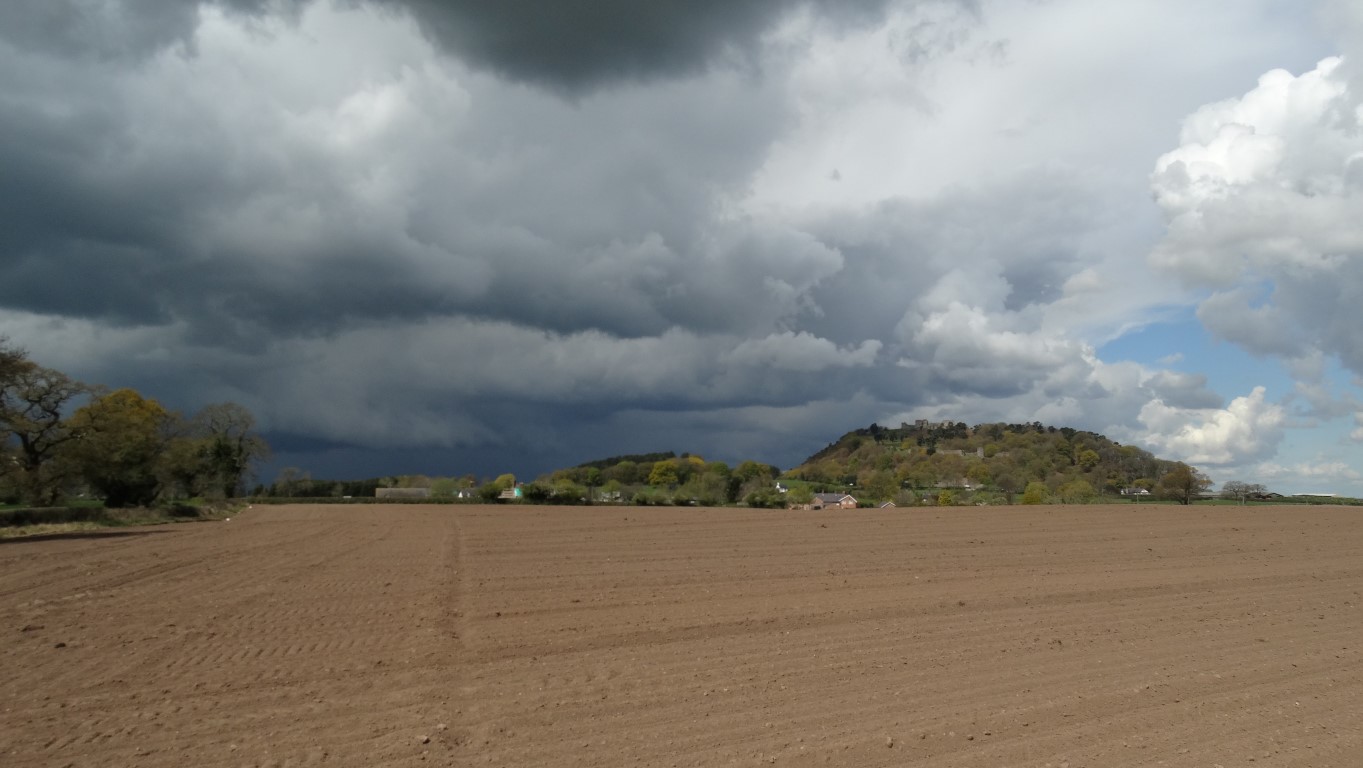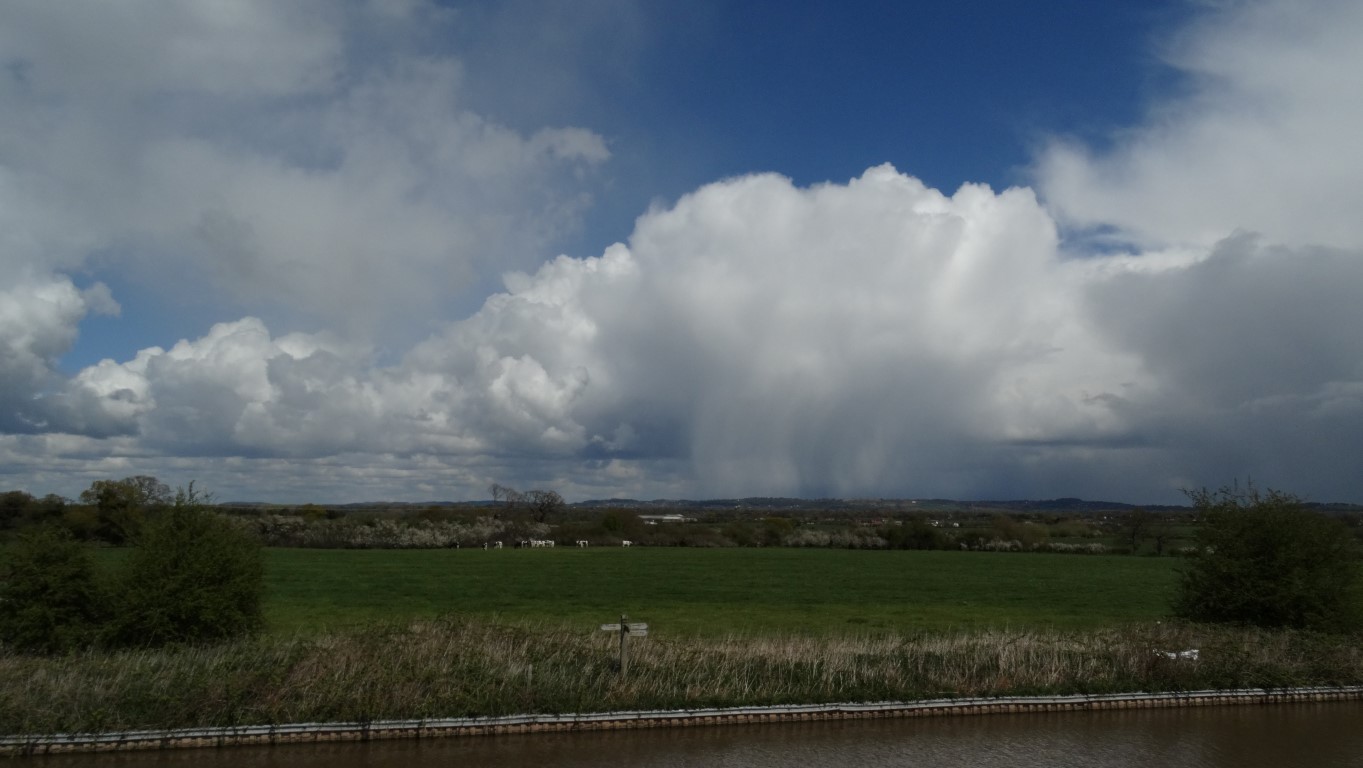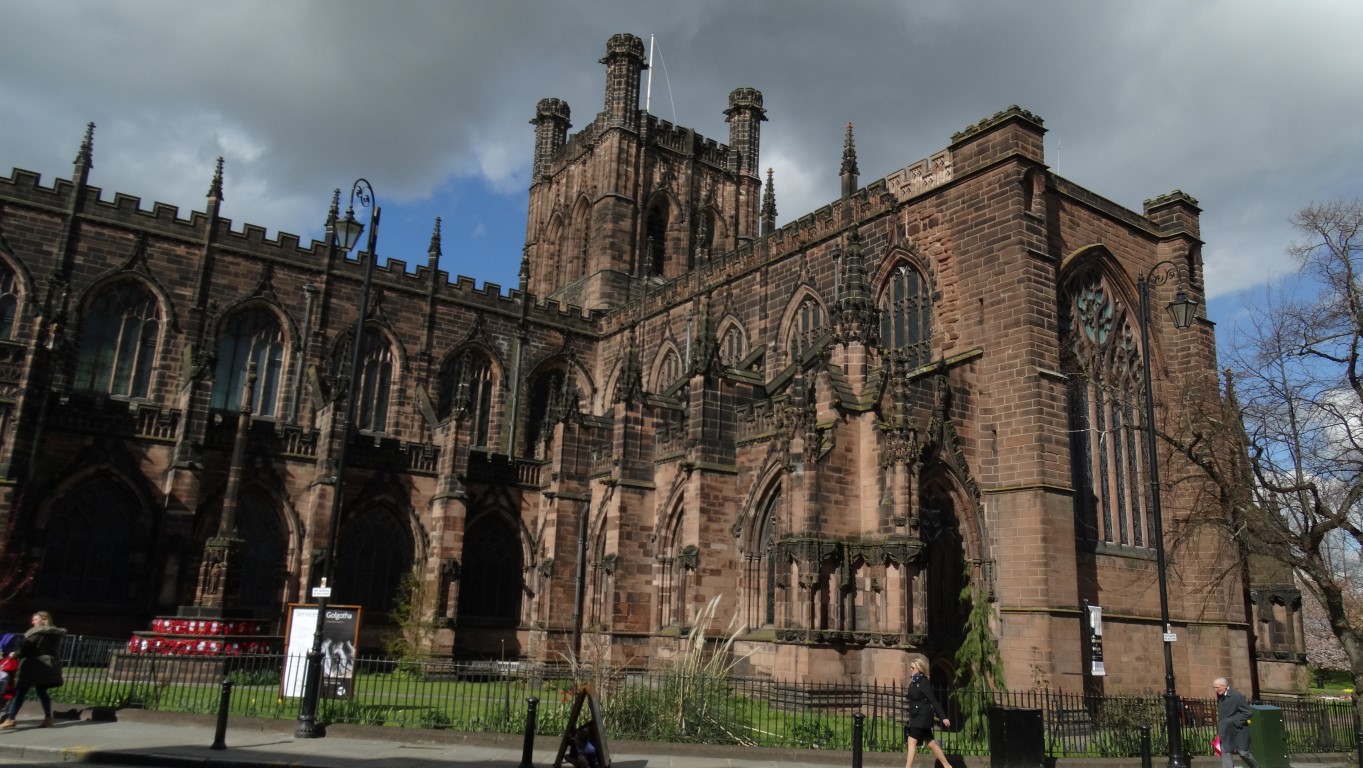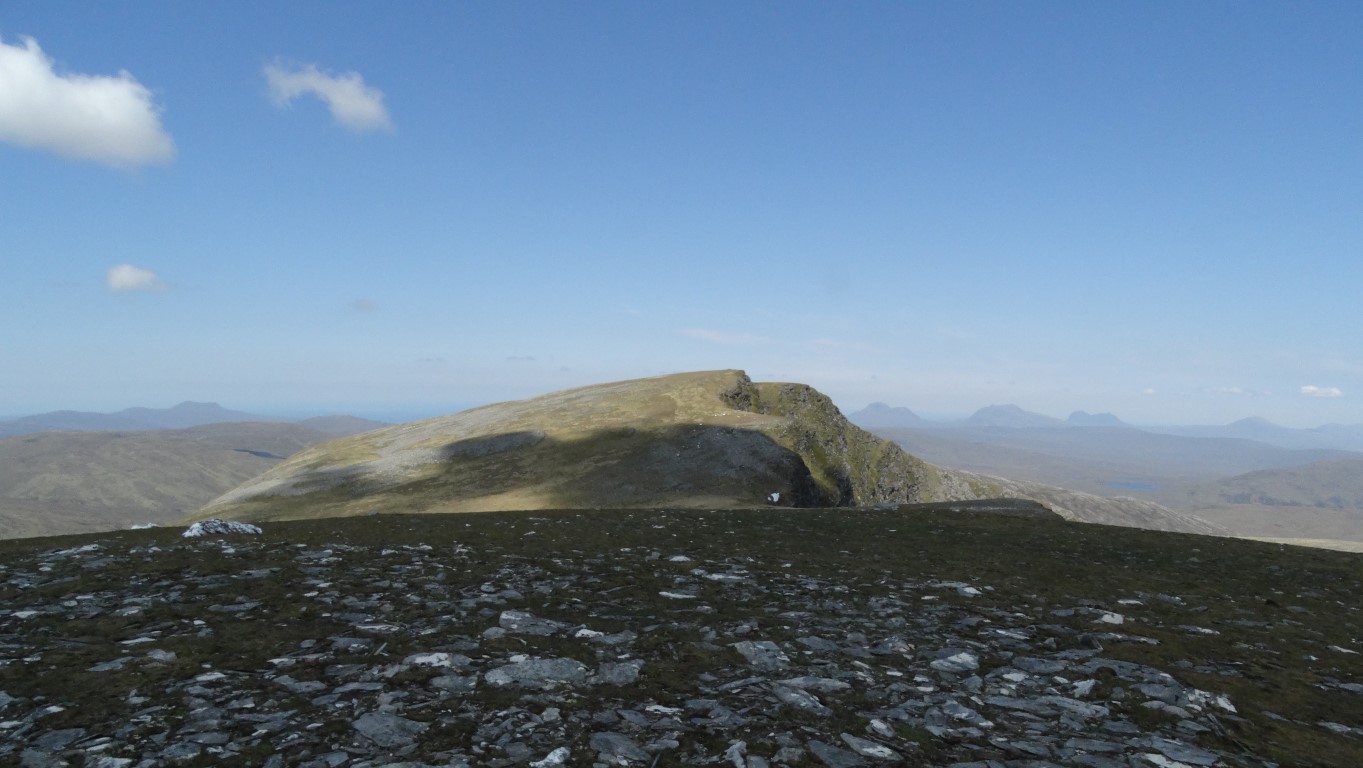
Setting out on the good track through the Nire Valley.
Few of us have heard of the Comeragh Mountains in County Waterford and in some respects, these mountains are often overlooked as the attraction of the highest mountains in southwest Ireland have got a greater appeal. From a distance, these are just flat topped hills with no real pointed summits but on closer inspection they hold many secrets hidden from view from the causal traveller.
I had walked in this area once before but I really wanted to explore the area in depth and set aside a full day to bag the main summits.
I’m setting out from my base in the nearby town of Clonmel and it is a relatively short drive to reach the empty Nire Valley where there is a good car park at the end of the surfaced road. On my arrival, the car park is empty and I set off under clear sunny skies. The high cloud of earlier in the day has almost melted away and ahead lies a semi circle of tabular hills dominated with steep north facing corries and flat tops which from this point have similarities to the Brecon Beacons.
I have not gone far when at my first stop to take some photographs I realise that I have left the camera disk behind in my lap top and that’s back at my Airbnb. At least I can take photographs on my mobile phone, however the quality won’t be as good. The downside is that I will be lugging my heavy camera around all day that I can’t use. It is a lesson for the future to always check your camera before setting out.

Heading up above the Sgilloge Loughs.
For now, I follow a signed path called the Nire Valley Trail with way markers to guide the way across the open moorland. After a half mile the path veers right into a shallow rocky valley to cross a stream via a hidden bridge. Beyond, the path climbs towards the hidden Sgilloge Loughs. (Lough is the Irish Gaelic name for lake) After a mile, but before reaching the loughs I turn left onto another path and at a high point leave this path to cut up across the northwest facing spur. I am aiming for the summit called Fauscoum, which at 792 metres is the highest point of the day. To get there it involves crossing a high level plateau of more than a mile and a half. Will this be a summit like Kinder Scout and how boggy will it be is the main thought I have in my mind? As my ascent levels out it becomes very much a stony desert. The surface vegetation has been stripped bare leaving a plateau easy to walk across. Here and there are isolated peat hags a couple of metres high and capped with heather. Ahead, a slight rise leads to the cairn on the rather flat summit of Fauscoum. In thick fog, this summit would prove a nightmare to find but today, it is perfectly clear. I have an area of short tussocky grass to negotiate before making to this very featureless summit. On a slight rise there is a good cairn but I don’t know where all the stone has come from on this peaty and stone free terrain.

The summit cairn on Fauscoum, the highest spot on the Comeragh Mountains but who brought all the stone here for the cairn?
I stop for my morning break in the warm sunshine and survey the view which stretches south to a hazy Waterford coast. Overall it is quite a boring summit but all that is about to change. I set off east a few hundred metres and quite suddenly the ground simply falls away to reveal an amazing lake filled corrie and one of the best examples of a corrie I have ever seen. It is quite awe inspiring and it seems that the ground had done a ninety degree turn. Coumshingaun Lough is ringed with 400 metre high cliffs plunging down to the lake. It is quite a breathtaking moment as I stand to take it all in. It is so vast that I can’t get it into one photograph. I walk south a little first then north taking many photographs of this spectacular natural feature. I spot another couple of people further on around the rim, who are just tiny specks on the rim of this magical amphitheatre.

Nothing quite prepares you for this jaw dropping view. Having trekked across a couple of miles of flat moor you are suddenly stopped in your tracks with this spectacular drop.

The corrie at Coumshingaun is the view to the left of the above photograph. It’s just too big to get into one photograph.
Eventually I leave the corrie rim and trek north across tussocky ground to gain the next corrie which faces north. Again this is spectacular but not as awe inspiring as the first corrie. A couple of small loughs occupied the floor of the corrie. Heading northwest I follow the northeast facing rim and in the process make a short detour west to bag the 767 metre summit of Carrignagower, which is the second highest summit in this range. The summit is ill defined and could be to top of one of several peat hags. Back on the rim, I stop for lunch at a high perch with a spectacular view east. This is the second day of perfect weather conditions on my fortnight holiday in Ireland and I keep asking myself will this be the last day of superb weather. (as it turns out, I have a fortnight of near perfect conditions)

The next corrie on my walk and this one is called Coum-Iarthar-Carrignagower.

Crossing The Gap, a wide col on the ridge and I’m heading for the third main summit of the day Knockanaffrin which lies beyond the nearest summit.

The rocky crest of the ridge to the leading up to Knockanaffrin from where this photograph is taken.
I want to walk as much of the ridge as possible and so after lunch I head northwest along the ridge and now pick up a path. A steep rocky descent soon follows to a spot called The Gap. On the descent I meet the New Ross Ramblers, consisting of a party of around twelve who walk every Tuesday. (I have in the meantime never found their website) After a chat I soon cross the col called The Gap and start to make the long ascent towards the rocky summit of Knockanaffrin 755 metres. The afternoon is proving quite warm and the summit is formed of a jumble of rocky outcrops which involves a little scrambling to reach the highest spot. I could turn back here but opt to press on to bag one more summit, and despite Knocksheegowna which lies about a mile further on being of a lesser height at 678 metres, it has a trig point. This summit is located on a steep knoll with the trig point located on the upper slope rather than on the actual top.

One of several rocky conglomerate outcrops along this ridge.
It is now time to head back to the car and I walk back towards Knockanaffrin but skirt around the western side of the rocky summit on easier ground and continue to a point where a path leads directly down to the car park completing this perfect walk.








